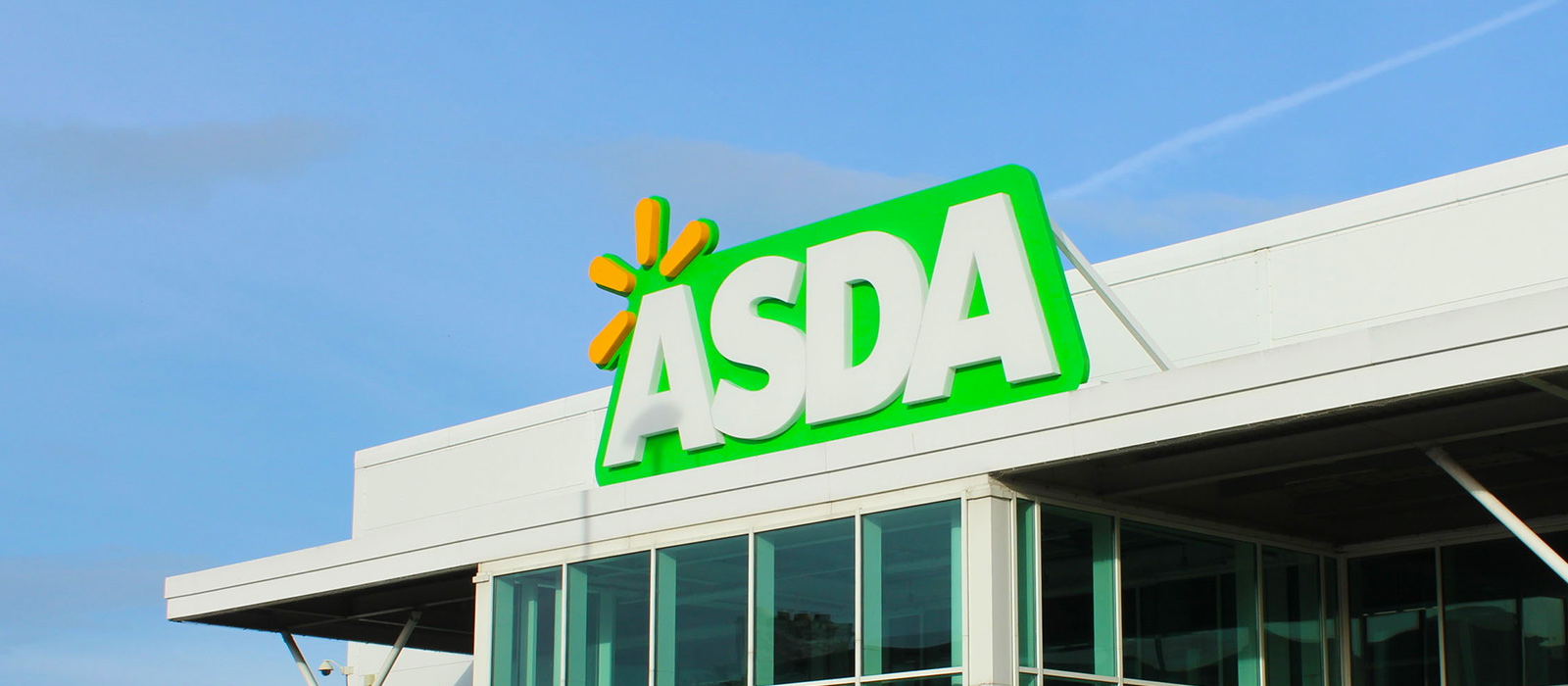Sponsorships are a cornerstone of marketing, but one common pitfall is the lack of proper measurement to ensure the sponsorship yields the optimum return on investment.
Here’s how you can ensure your sponsorship can reach new heights:
1. Set Clear Objectives
An effective sponsorship needs to follow through on specific, well-defined objectives.
Your sponsorship goals must follow the SMART framework, meaning Specific, Measurable, Achievable, Relevant, and Time-bound. As an example, one mobile phone company’s goal could be unspecific such as to sell more units in the year, while another could have specific objectives such as increasing brand awareness by 18% in a year while increasing sales by 5%.
Such goals are defined, achievable, and most importantly measurable. This leads to the most important measuring unit for sponsorships: KPIs (Key Performance Indicators). KPIs act as a metric for specific statistics of a sponsorship’s success.
For instance, in 2001, the sponsorship strategy for the O2 Arena in Greenwich was perceived by some as simply a way to boost awareness of the O2 network, whereas the most important objective of O2 was to retain customers and reduce churn in the mobile phone industry. The sponsorship included 48-hour early access to concert tickets in the O2 before they went on general sale. The main KPI was to use this early access to retain customers and boost loyalty, not to raise awareness.
2. Research, Assessment, and Evaluation (RAE)
Your sponsorship needs to follow three phases for ideal alignment with your strategic goals:
- Research: It’s imperative that your research yields opportunities that align with your brand’s values, and most importantly, your audience. For instance, if you aim to do a big event for your brand in London, but most of your customers are from Glasgow and Liverpool, would it be effective to still hold it in London where they might not be able to go, or is it best to hold other events near your customers?
- Assessment: Your assessments need to gauge sponsorship value while combining strategic, brand, market, media, and rights values. Understanding these ensures you get meaningful returns. For example, a darts event may well not align with the values of a wealth management company, so it’s important to conduct this kind of analytics to understand relevancy.
- Evaluation: Once your strategy has produced a measurable number of KPIs, it’s important to track them through your campaign to measure brand, commercial, and engagement outcomes.
3. Key Performance Metrics
KPIs are the best indicators of a sponsorship’s effectiveness, but they are divided into two metrics themselves:
- Macro-Level KPIs: These measure the impact of the overall campaign, such as the percentage of sales increase, brand perception, and increases in brand sentiments. For example, macro-level KPIs can determine the customers’ feelings and attitudes towards your brand, their ratings, and whether or not they are a right fit for your company.
- Micro-Level KPIs: These KPIs measure channel-specific effectiveness, such as lead generation and social media engagement. For instance, a reel or short advertising your brand or company on a social media platform like Instagram or TikTok would be measurable through micro-level KPIs regarding its views, likes, comments, etc.
4. Impact Areas
The impact of your sponsorship strategy can be measured in three ways:
- Brand Impact: Brand impact can be tracked through measuring perception, advocacy, and awareness. Brand awareness does not mean that audiences are likely to purchase your product or service, it just means that they are aware of your brand.
- Commercial Impact: Commercial impact relates to the financial aspects of sales increases, customer acquisition, and market share. All of these can be boosted significantly with a good sponsorship strategy.
- Engagement Impact: Engagement can be more important than awareness, as it proves your audience is interested and interacting with your brand. This can then help track influencer reach and community relations.
5. Outcome-Based Measurement
Many businesses focus their marketing efforts on inputs such as brand awareness, but the real focus should be on outcomes like increased purchase intent, customer loyalty, retention, etc. Every strategy must contain inputs, but tracking outcomes helps assess the quality and effectiveness of your sponsorship strategy much more accurately.
With that in mind, it’s also worth noting that a mixture of quantitative and qualitative methods helps paint the ROI picture much clearer. Quantitative methods include numbers like website visits, impressions, comments, etc, while qualitative methods are more personal like customer feedback, focus groups, and brand sentiment.
6. Measurement Phases
Measuring your sponsorship effectiveness is not a one-step process. For the best and most accurate results, there must be a three-step system of a pre-event stage, during-event stage, and post-event stage.
The pre-event stage deals with all the prep work, such as setting your goals, outcomes, and KPIs for the event. During the event, there must be continuous monitoring and analysis of audience engagement and expected results. As for the post-event stage, this is where you evaluate and compare your final metrics and outcomes to your initial expectations, ensuring greater insight and perspective.
Conclusion
Measuring your sponsorship strategy’s effectiveness is paramount for maximising value and guiding future decisions and endeavours. By setting your objectives clearly, doing comprehensive research, measuring your KPIs, analysing your impact areas, and focusing on outcomes, you can highlight the strengths and weaknesses of your strategy and continue to grow it to new heights.
Photo by Lukas Blazek on Unsplash
Last Updated on December 11, 2024





